There are several critical differences between elementary backstroke and backstroke. First, elementary backstroke is a shorter stroke mainly used for beginners. Backstroke is a more complicated stroke that uses all of the swimmer’s muscles.
Second, in elementary backstroke, the arms are brought straight forward and then backward, while in backstroke, the components are kept at the side of the body. Third, in elementary backstroke, the legs are held together and pulled up to the chest; in backstroke, the legs are kept straight and apart.
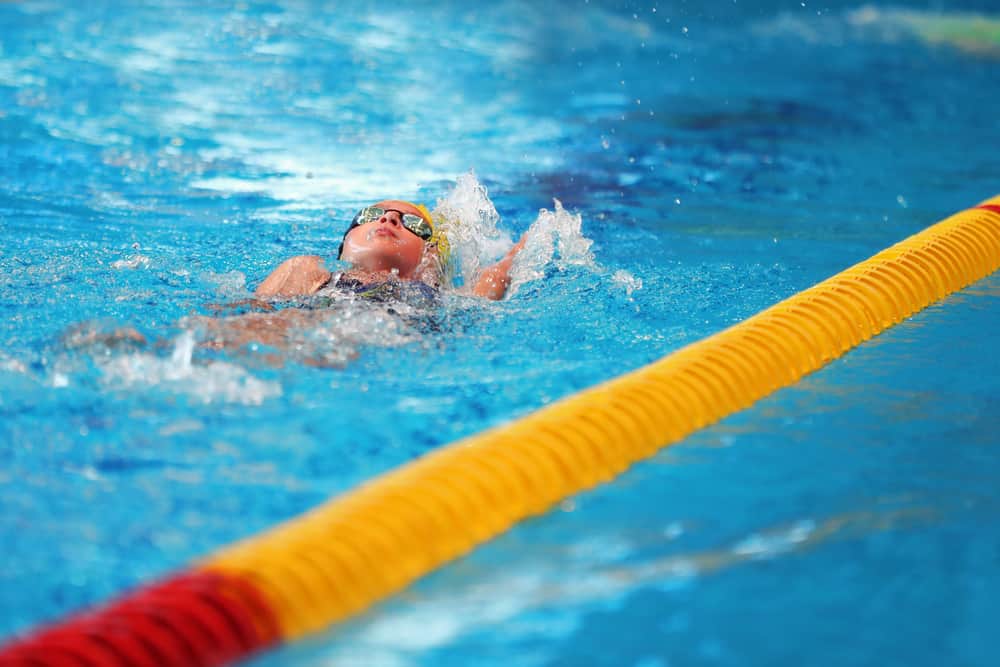
Finally, in elementary backstroke, the chin is pushed into the chest; in backstroke, the head is kept level. When teaching beginner swimmers, it is essential to start with elementary backstroke before moving on to backstroke. This allows the swimmer to gain confidence and improve their technique before jumping into a more advanced stroke.
Table of Contents
What Is the Purpose of Elementary Backstroke
The elementary backstroke is a less complex form of the backstroke utilized to teach fundamental swimming skills. You can progress to the more difficult backstroke once you have mastered these skills first. Most of its users are newcomers to the sport who are just getting their feet wet.
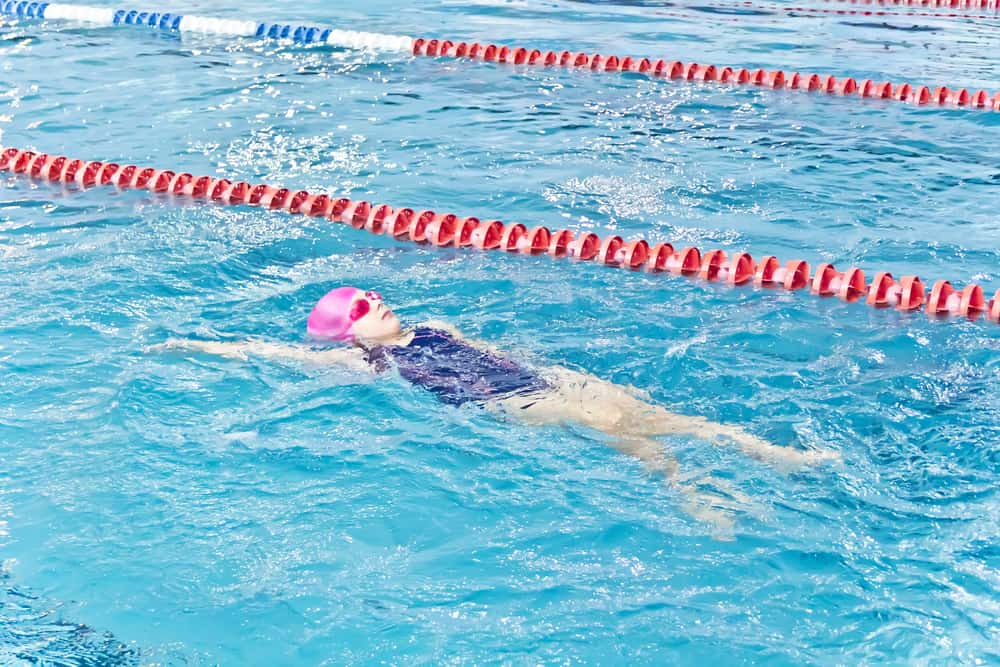
In elementary backstroke, swimmers often use a raised arm position and a flutter kick. This allows for easier breathing and more stability in the water. It also helps to develop proper body alignment and balance while swimming on your back.
Regular backstroke requires more advanced techniques, such as an underwater recovery of the arms and a wave-like whip kick. It also requires stronger core muscles to maintain proper body alignment while swimming at faster speeds.
To improve your overall backstroke technique, it is essential to first master the basics with elementary backstroke before moving on to regular backstroke. Always listen to your coach and practice regularly to improve your technique and overall performance in the water.
What Is the Best Stroke for Beginners?
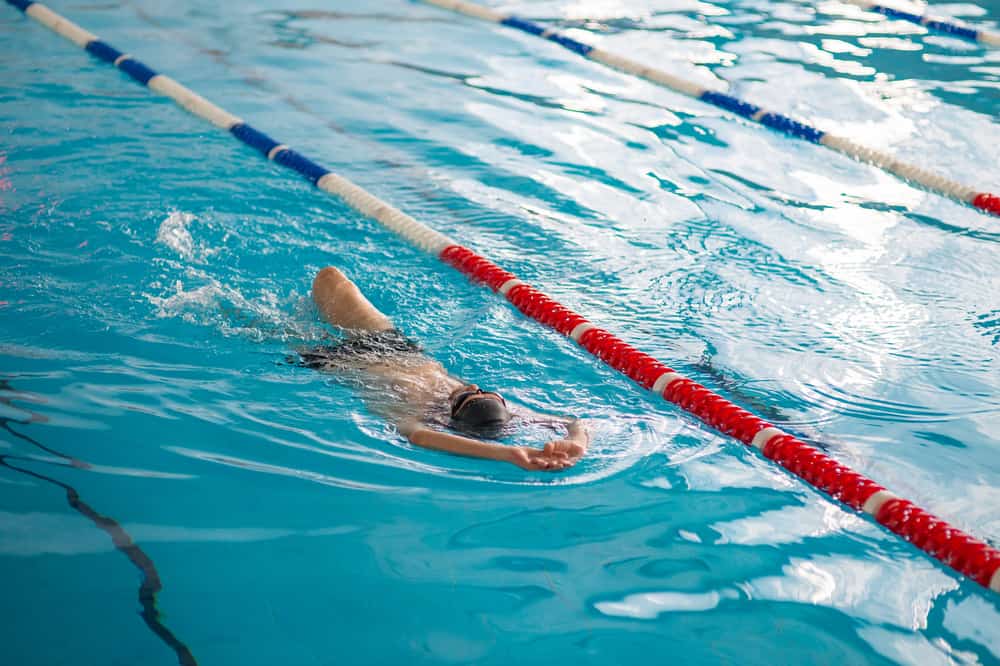
The best stroke for beginners is the elementary backstroke. This stroke is more straightforward than other strokes and teaches basic swimming techniques. Once you have learned these techniques, you can move on to the more complicated backstroke.
One important technique that the elementary backstroke teaches is keeping your body in a straight line while swimming on your back. This helps with overall efficiency and prevents any awkward movements in the water. Another significant aspect of the elementary backstroke is that it allows for more relaxation than other strokes. This can be especially helpful for beginners who may feel uncomfortable or tired in the water.
While all strokes have benefits, the elementary backstroke is a beginner-friendly option. It teaches fundamental techniques, promotes body alignment, and allows for relaxation in the water. Give it a try and see how it improves your skills.
How Can I Improve My Backstroke?
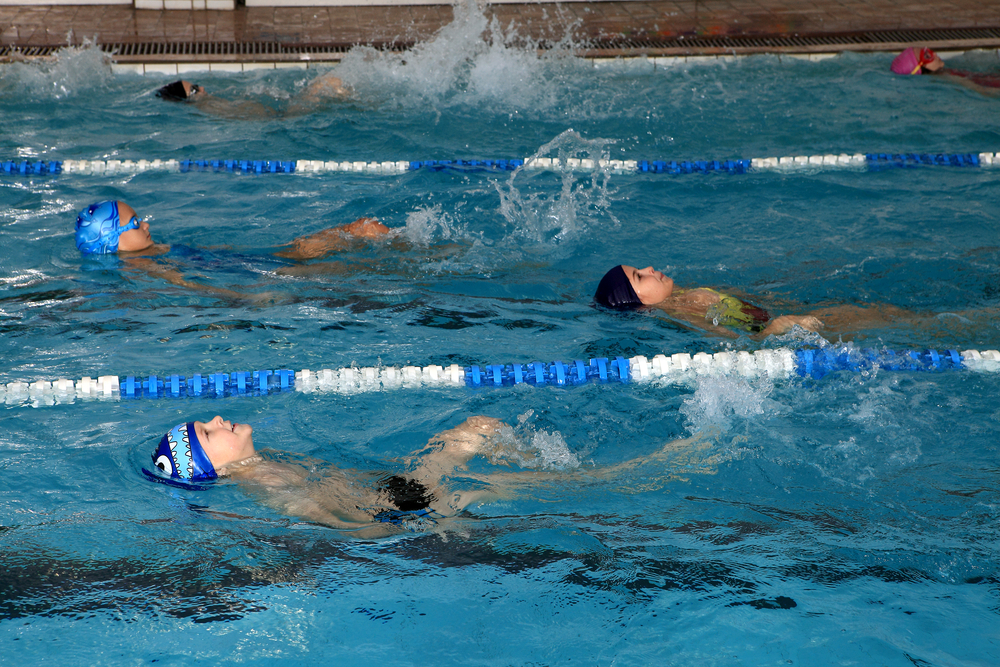
When it comes to swimming, one of the most common and frequently performed strokes is the backstroke. It is simple to pick up, and it offers a fantastic opportunity to get in some exercise. On the other hand, there are a few things that you can do to improve your backstroke if you want to get better at swimming.
First, you must ensure you are using the proper techniques. There are a few different techniques that you can use, and you may need to experiment until you find the one that works best for you. Use proper drills and exercises to improve your speed and power.
In addition, you should also make sure that you are practicing in a pool that is the right temperature and depth for you. If the water is too cold or too deep, it can affect your performance. Finally, make sure you are staying in good shape by practicing regularly. Swimming is a great way to keep in shape, and it’s something that you can do year-round.
It’s also important to differentiate between elementary backstroke and backstroke. Elementary backstroke, also known as survival backstroke, is used in emergencies where swimmers must keep their heads above water and breathe easily. Backstroke, on the other hand, is a competitive stroke where the swimmer uses a proper technique to move through the water quickly.
What Are the Benefits of Using Elementary Backstroke?
Every level of swimmer can improve their performance by using the fundamental backstroke. Practicing this swimming stroke may significantly enhance your speed, power, and technique. This stroke can improve your conditioning and stamina if you regularly utilize it.
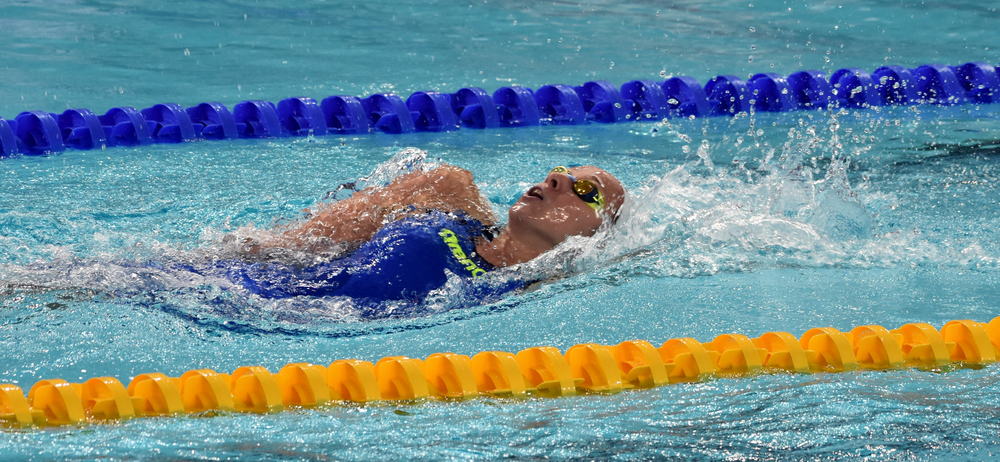
Elementary backstroke is often used as a warm-up and cool-down for other strokes, but it can also be used during workouts to improve your endurance. It is easier on the shoulders and upper body than traditional backstroke, allowing extended periods of continuous swimming. Unlike traditional backstroke, elementary backstroke uses a simultaneous arm and leg movement, similar to freestyle.
This can help swimmers improve their coordination and overall technique in all strokes. When teaching beginners how to do the elementary backstroke, focusing on proper body position and posture is essential. The arms should be straight with hands just below the surface of the water while the legs stay extended out behind you, creating a streamlined position throughout the stroke.
How Do I Teach Elementary Backstroke?
This swimming stroke can help you improve your speed, power, and technique. You can also use it to improve your conditioning and stamina. First, it is essential to distinguish between the elementary backstroke and the regular backstroke. The elementary backstroke is done on your back with your arms pulling straight back in synchronization, while the regular backstroke involves a windmill motion with the arms.
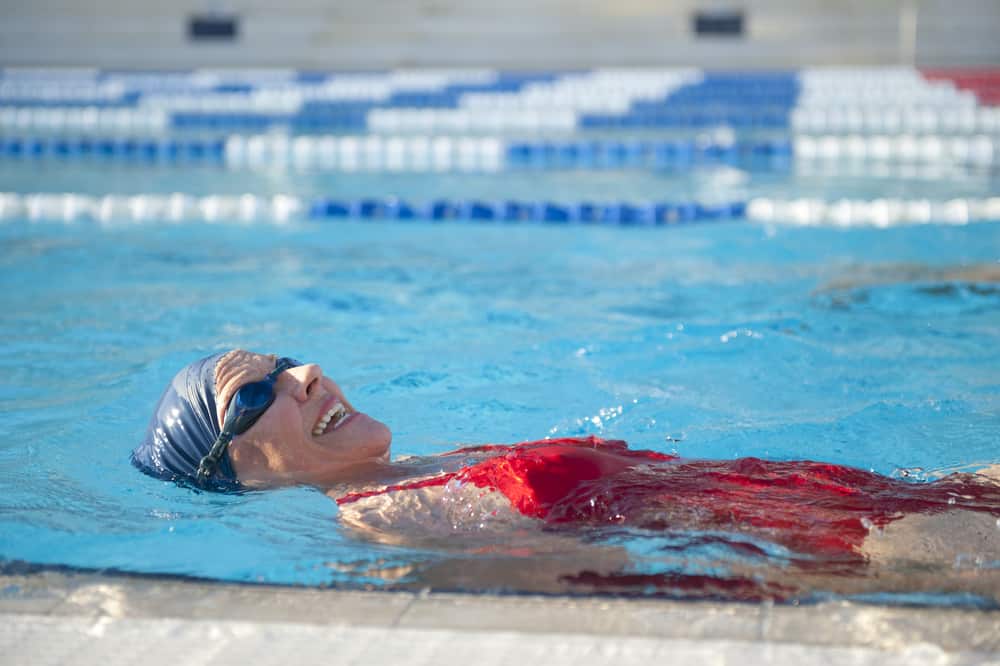
To teach this stroke, have the swimmer start by lying on their backs in the water and practicing pulling their arms straight back, keeping them close to their body. Once they get comfortable with that arm motion, have them kick their legs while continuing to pull their arms back.
Next, work on coordination and timing by having them alternate arm pulls while still kicking their legs. Finally, practice breathing regularly while performing the stroke. This can be done by having them lift their heads out of the water to take a breath every few arms pulls. It may be helpful to have them practice with a kickboard or pool buoy for support before attempting without assistance. With practice, the swimmer will become more efficient and powerful in executing the elementary backstroke.
